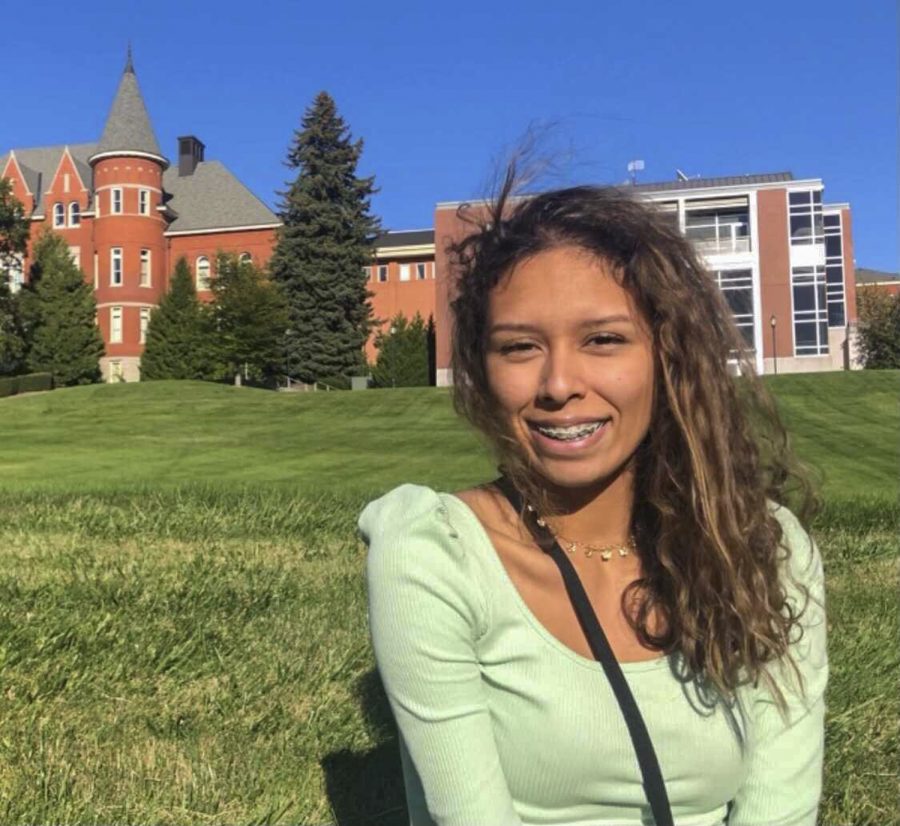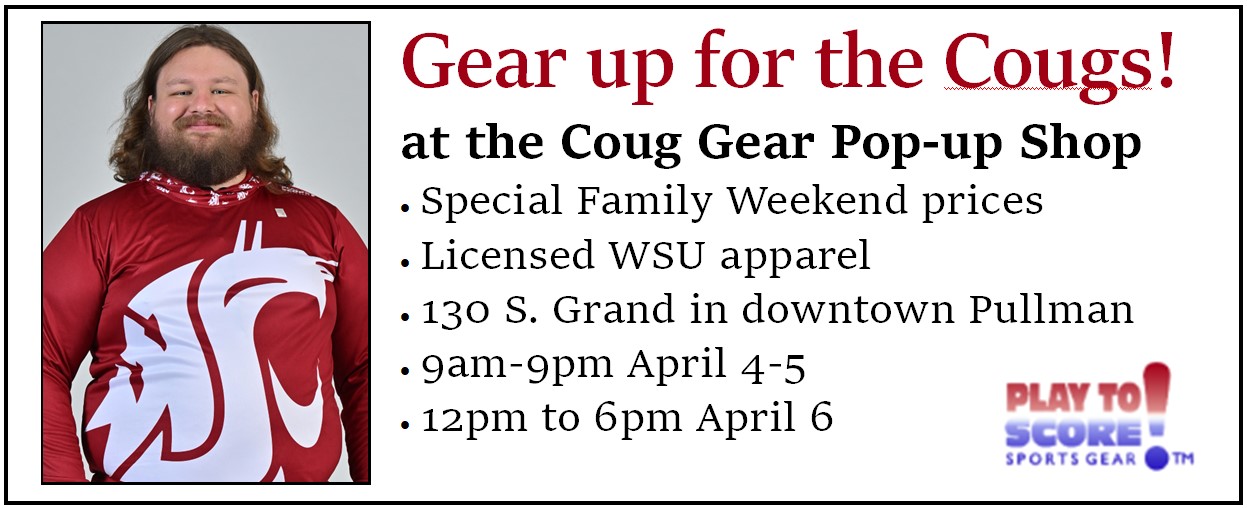Opinion editor receives Pfizer COVID-19 vaccine
Daily Evergreen Opinion editor volunteers at Red Cross during COVID-19 pandemic
Rios said it was easy to recover from the vaccine side effects. Not every person will respond to the vaccine this way.
March 4, 2021
Time and time again, we have been reminded of how difficult the pandemic has been on us all. Whether it came in the form of job security, health concerns, the effect of isolation or even the loss of a family member or friend, we have all been through it in some way.
Nearly one year later, after more than 500,000 lives have been lost to this pandemic, we have finally reached a point where we can begin to walk toward normalcy.
This begins with vaccination and keeping the safety guidelines meant to keep us healthy, for at least a while longer. This has been difficult on every person, but contributing to herd immunity could also give rise to a version of what we once called normal.
In my personal experience as a college student during this pandemic, I did lose a part of my college experience to COVID. Despite this, I wanted to do all I could to help support those in the front lines. This began in my hometown of Wenatchee.
While the pandemic surged through the spring and summer seasons, I volunteered with the Red Cross because there was a higher demand for blood donations during a time people needed it most.
This was as simple as standing at the entrance asking precautionary questions and taking the temperature of donors to assure there was no sign of COVID-19. Although it was a small part of this large organization, I was happy to do it. It meant I could keep the medical assistants, phlebotomists and nurses safe while they were taking blood donations.
Once the new school year began, I wasn’t able to find much time to seek a volunteer opportunity. However, around October I was browsing through my LinkedIn page when I found a job opening with a pathology office that would work with my schedule.
I would be doing data entry work as a laboratory accessioner, working with COVID-19 tests. This job was set to begin during finals week and end during the first week of classes in the spring semester, all on a night-shift basis.
The first few weeks of the job consisted of training to type demographic information as quickly and as accurately as possible, so the test results could go to the right place. Once the training trial was over, the real work began.
In a team of about ten individuals, we would work together to accession student arrival COVID-19 tests as they came in. The process was tedious, but we were cautious to avoid leaky specimens, because we had no knowledge of each test result. While we were all equipped with full personal protective equipment, there were still protocols in place for these leaky specimens, especially if we made contact with the medium. This was the riskiest part of my role as an accessioner.
My days would often begin at 1 p.m., and would go by quickly by the time I had to go to work at around 7 p.m. I would spend much of my free time calling my parents because I had only seen them twice during the entire break. They often asked me how I was feeling about work and expressed concerns for my health. One question they asked that I thought was very important was whether I qualified to be vaccinated or not, because I was in contact with COVID-19 tests.
Soon after they asked me, I got an email from human resources. They informed me that I, along with my co-workers, was eligible for the COVID-19 vaccine under Phase 1A. I was excited and relieved to be offered this security. So I scheduled my vaccine as soon as I was able to.
Once that day came, I made sure to be at least fifteen minutes early to my appointment at Pullman Regional Hospital. After filling out the forms, I was set to receive my vaccine. As with any vaccine, I was very tense. But before I could feel much pain, the nurse had already finished administering my first dose of the Pfizer-BioNTech COVID-19 vaccine.
Afterward, I waited fifteen minutes before I was free to go. In the hours following my vaccination, the strongest side effects I experienced were acute soreness, a bit of fatigue and a low-grade fever — the same side effects I felt after getting my annual flu shot. Although it was enough to keep me out of work for one day because we weren’t able to stay if we had a fever above 99.5 degrees Fahrenheit, I had no other strong side effects in the days following my first dose.
Three weeks later, I was able to receive my second dose of the vaccine. The side effects were predicted to be a bit stronger than the first dose, so I tried to prepare myself as best I could. I experienced the same side effects, but a level stronger, as expected. I had a slightly higher fever that lasted through the night but faded throughout my morning, chills that made me feel cold when I was feverish and fatigue that was stronger than the last time.
Though stronger, the side effects were as easy to recover from as the first round. It took me about two days to make a full recovery from my second dose of the vaccine, which made it worth it because I felt so much more secure. I do understand that every person’s reaction to a vaccine may not be similar to my own, but I am very grateful to have had the chance to receive the vaccine this early on and have such a normal, mild reaction. I am happy that my effort to help keep my school’s COVID-19 cases down resulted in security.
I have the utmost gratitude for the people who were there to fight COVID-19 from the beginning, even before they could be offered protection that was stronger than PPE. Despite being in a state of widespread vulnerability, health care workers were there to support public health through the entirety of this pandemic.
As the state alongside the nation moves across phases of vaccination, I am hoping we will reach a point that will ensure health for the people who would have been more strongly impacted by COVID-19. Some people may not agree about the vaccine being viable, or about COVID-19 being real, but this virus was real enough to bring the entire world to a pause. It was real enough to take the lives of over 500,000 people in the US, keep people out of work for months and overwhelm our health care system.










